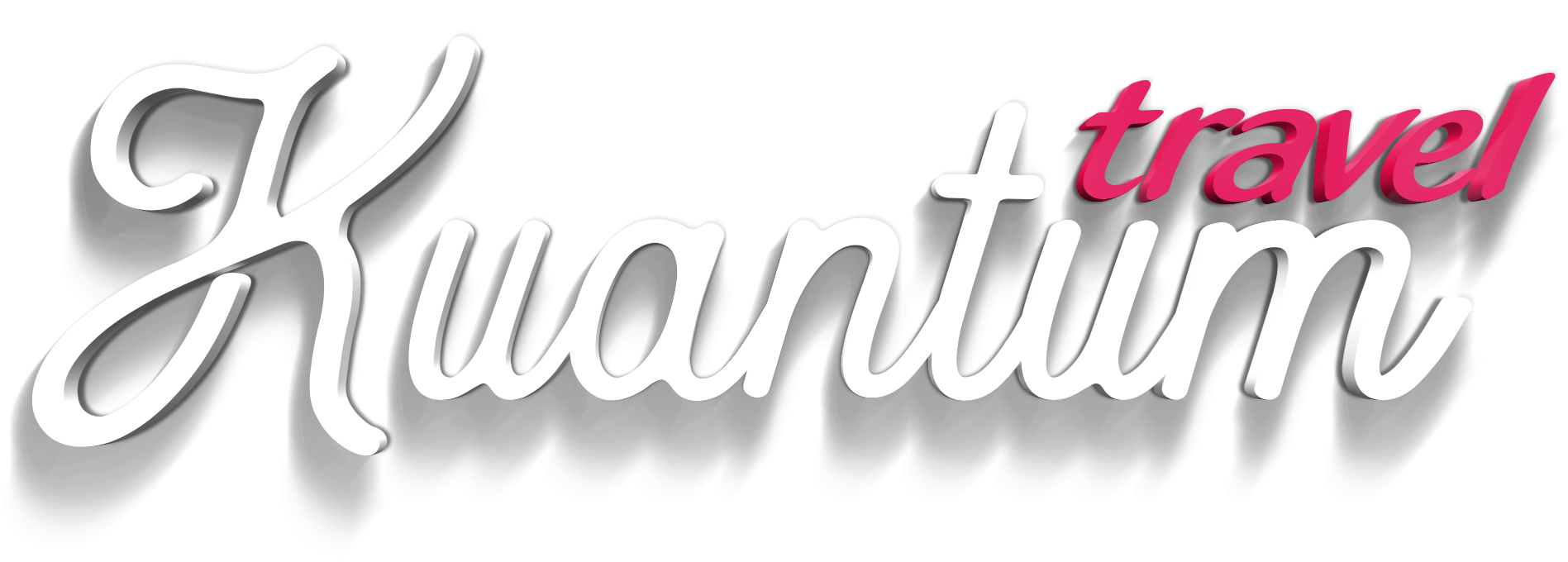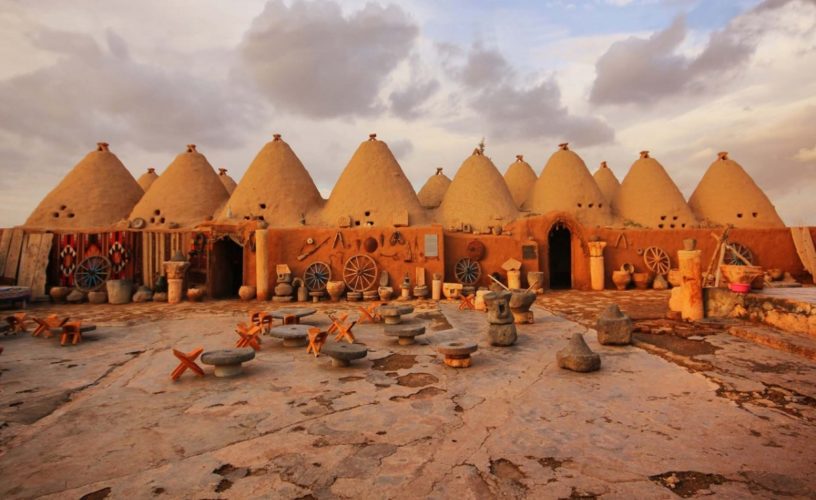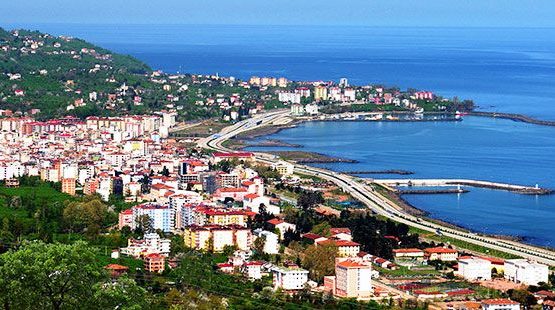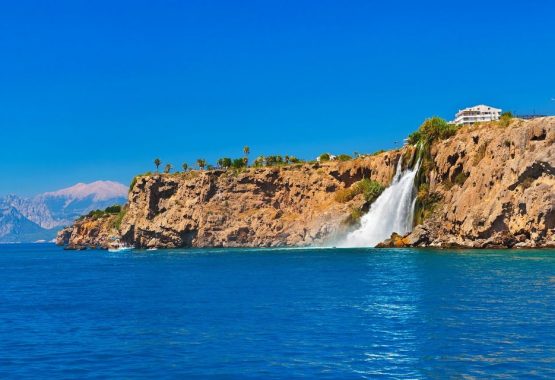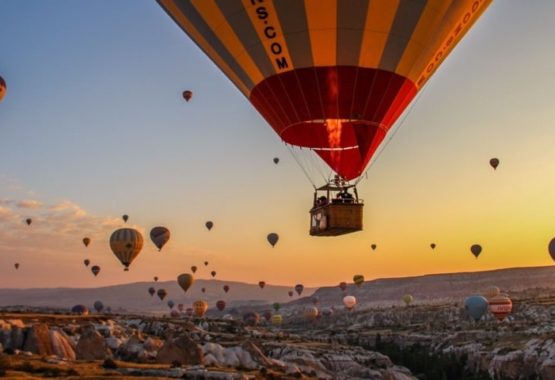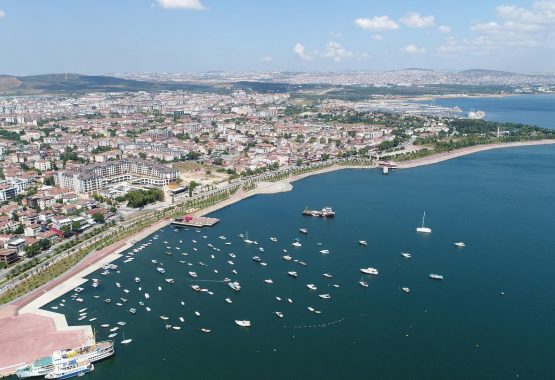Urfa province is located in the Middle Euphrates section of the Southeastern Anatolia region. The territory of the province lies between the northern latitudes of 36° 40’ and 38° 02’ and the eastern longitudes of 37° 50’ and 40° 12’. The province is surrounded by Mardin to the east, Diyarbakir to the Northeast, Adiyaman to the North, Gaziantep to the east and the Syrian border to the south. The city of the prophets, known as the land of the prophets and the cultural center of the early ages Urfa, is a historical city.
Origin of the name
According to powerful narrations, the city was founded by Ruhha, the famous ruler of the Thamud people, and the city was called Rehha by virtue of this name. When the Turks conquered this region, they called the city “Uruha”. Over time this word has evolved into the form of Urfa. The city of Ur mentioned in ancient history and religious books and in the Bible, by the way, is said to be Urfa. Ur means City surrounded by a moat in the old Altay Turkic language. Evliya Çelebi, who came to Urfa in November 1649, is one of the cities built after the flood of Hazrat-I Nuh in his book “Urfa”. It is the work of a ruler named Ruha from the people of Thamud.” he says.
Why Is Sanliurfa The City Of Prophets?
The city has a history of 9 thousand years. Şanlıurfa, always called the city of the prophets, is the name of Hazrat Mahdi (as). It is the city where Abraham was born. Also Hz. Ayyub is the city where he lives.
Hz. Ayyub cave is open to visitors in the city today. Şanlıurfa Hazrat. It is also a city blessed by Jesus. And the city where many prophets lived is therefore referred to as the city of Prophets.
Meaning And Importance Of Sequence Night
The night of the row has a very important place in Urfa. In Şanlıurfa, young people participate in queue nights at an early age.
The reason for this is that they learn to stick to their traditions, to learn, to speak and to shut up, to learn literary, manners and respect for the great. In other words, the night of the row is not just about the entertainment we know and see with songs and folk songs. Also, queue nights are called’ People’s Conservatory’.
First of all, tea and bitter coffee( Mirra) are served to those who line up on the night of the row. Then, if there are no queue nights, of course, they are distributed in çiğköfte.
The story of Mirra
Mirra means the pain of coffee. It is a coffee type belonging to Urfa. Mırra is different from other coffees. It is especially served at important ceremonies. For example, when an important guest is accepted, it is definitely served in Urfa in queues, religious weddings and weddings in Urfa these days.

Historical and Tourist Places
Fish Lake
Fish Lake (Aynzeliha and Halil-Ur Rahman Lakes) is located southwest of Sanliurfa city center and falls when he is known as Abraham was thrown into a fire, these two lakes, the sacred fish in Sanliurfa is one of the most visited places and with artifacts in their environment.

Old Town
The city centre has developed around a vibrant Bazaar in the Middle East style. Although the traditional architectural texture is partly corrupt, old structures with striking beauty are found in many places between the streets. One of the most beautiful old houses is the Shurkav Culture House, which was restored by Shurkav (Şanlı Urfa culture and Research Foundation).
Harran
M.He. Believed to have been founded in 2000 as a commercial branch of the city of Ur, Harran is thought to derive from the word “Harran-U”, which means caravan or parade ground in Sumerian or Akat. Historic Harran houses can be seen with The Ruin of Harran University, which was destroyed in the Mongol Invasion.

Ulucami
1175 tarihinde Musul hükümdarı Nureddin Zengi tarafından kiliseden çevrilmiştir. Daha önce çan kulesi olan minaresi sekizgendir. Aslen havra olarak inşa edilmiştir.

Saladin Eyyubi Mosque
The Church of St. John the Baptist was built by Bishop Nona in 457 at the site of the Selahattin Eyyubi Mosque located on the Vali Fuat Bey Street (Yeniyol) in Urfa. This structure was also used as the Palace of Justice. Selahattin Ayyubi’s mosque was built on this church between 900-1250. The church has a rectangular plan of cut stone and three naves and basilica plan layout.
The church is covered with a gable vault on the inside and a Flat dam on the outside. The middle section of the nave is wider and higher than the side nave. Its entrance is to the west, where there is a narthex with seven sections. After being turned into a mosque, the narthex is used as the last place of communion. This section is based on six round columns. The place of worship is quite wide lit with Windows.
On the sides of these windows are half-columns and Dragon reliefs entwined with each other. In addition, the figures of saints and birds bearing the cross on the heads of the half-columns were also covered with stucco after the structure was turned into a mosque. Apart from this, there is no decoration in the structure.

Culture
Urfa Cuisine: kebab boiler, Borani, Squeaks, Zingil Quoted bread, cheese Bread, Crust, Kulunce, Bise, pizza, meat, mouth open, mouth closed, Bitch (Sweet), Shredded (Kunefe), we have SEM (a derivative of a raw pie), month patties (made in the palm of the hand), modern, tray kebab, patties, Jewish, Boston (Sour Salad), Light bread (Lavash), raw meat, Egg Dumplings, Shakhtar(bellows tzatziki made with juice), Dogmec, gourd Dinner To Sogulm (Alinazik), Cigkofte Bulgurlu meatless meals similar to ground beef, Zerde, Griddle Dessert, the contracting Kuncul, cheese, halva Kuymak, Paliz, sorry for the loss of hair, and a molasses Slurry, Flour Slurry, Sweet Döğmeç
